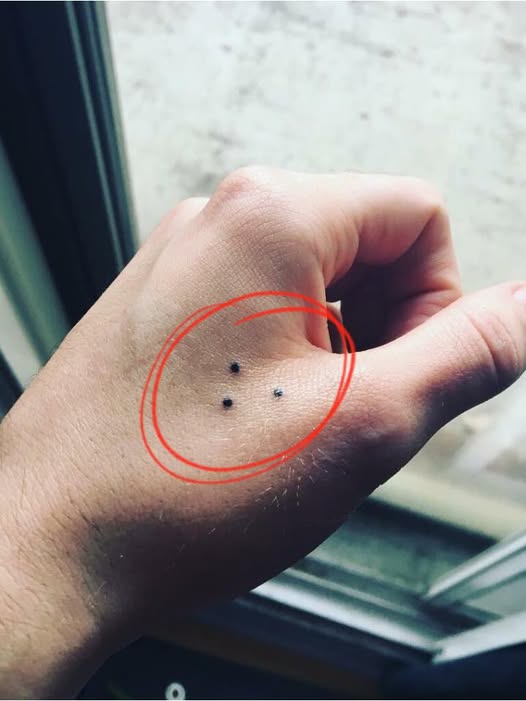Tattoos have been a part of human culture for thousands of years, serving as symbols of identity, belief, and belonging. Ancient civilizations, from the Egyptians to Polynesians, used body art to mark status, achievements, and spiritual strength. Over time, these markings evolved from sacred rituals into a widely recognized form of personal expression. Today, tattoos are celebrated as art, allowing individuals to tell stories, honor milestones, or express values through ink.
Modern tattoos carry diverse meanings. Some commemorate important life events, such as the birth of a child or overcoming a challenge, while others reflect abstract ideas like balance, resilience, or freedom. Even small or simple designs can hold deep emotional significance, acting as lifelong reminders of personal experiences or beliefs. Tattoos bridge the gap between visual art and personal history, turning emotion and memory into a permanent expression on the skin.
The three-dot tattoo is a prime example of a design with layered meanings. In spiritual or philosophical contexts, it can represent principles like “see no evil, hear no evil, speak no evil,” or harmony between body, mind, and spirit. Its simplicity makes it accessible, yet the symbolism can be profound, offering wearers a constant reminder of mindfulness or moral discipline. However, context matters. Within certain subcultures, including prison culture, the same three-dot pattern can signify loyalty, secrecy, or group affiliation.
Its meaning can change based on placement, environment, or the wearer’s story. This duality highlights how tattoos reflect both individual identity and broader cultural symbolism. The three-dot tattoo, like many designs, illustrates the power of body art to communicate history, emotion, and personal significance in ways that transcend words.



